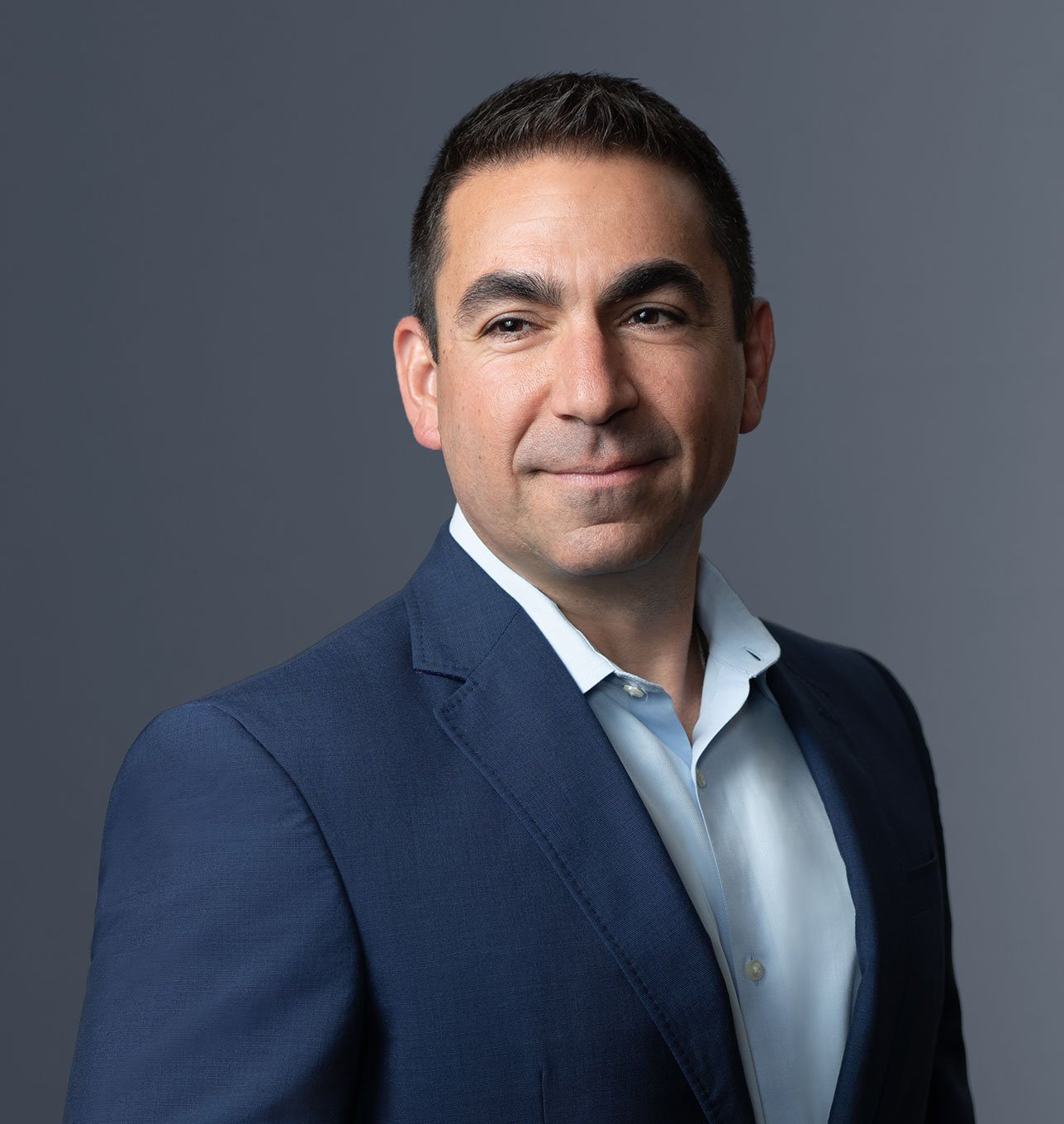California Legislation Eviscerates CEQA for Most Housing Projects
In a monumental win for pro-housing advocates, California Governor Gavin Newsom signed legislation essentially exempting most housing and mixed-use projects from CEQA.
In order for a project to qualify for the exemption, the project and site must meet certain enumerated requirements; however, most urban infill sites meet the statutory requirements. There is clear consensus that this is the most significant CEQA bill in CEQA’s more than 50-year history.
Essentially, a project is exempt from CEQA if it meets the following requirements:
Project Site Requirements
- The project site is located within an incorporated municipality or within an urban area.
- The project site was previously developed with urban uses, or is substantially surrounded by sites developed with urban uses. Meeting the definition of an urban use is relatively simple for most sites located within a typical urban area.
- The project site is less than 20 acres in size.
- If the project site is located within 500 feet of a freeway, the project must include enhanced air filtration, and cannot include any balconies facing the freeway.
- The project site is not located within a:
- coastal zone;
- prime farmland;
- wetlands;
- high fire severity zone;
- hazardous waste site list, typically referred to as the Cortese list;
- designated earthquake zone;
- special flood hazard area;
- designated conservation area; or
- protected habitat.
Project Requirements
- The project is considered a housing development project, which includes certain mixed-use projects depending on the square footage of non-residential uses.
- The project’s density must be at least 50% of the jurisdiction’s housing element. (You read that correctly, there is a minimum density requirement!)
- The project does not involve the demolition of a historic resource. Importantly, the “historic resource” must have been placed on a local, state, or federal registry before the project’s preliminary application (i.e., SB330) was submitted to the municipality. This eliminates the gamesmanship NIMBYs have relied on in attempting to place a site on an historic resource to delay project approval.
- The project does not include a hotel, motel, or bed-and-breakfast.
- The project is consistent with the property’s applicable general plan and zoning.
- The project is consistent with all applicable objective development standards. Importantly, an applicant can rely on State Density Bonus law to modify or waive objective development standards and still be considered consistent with all objective development standards.
- Projects must complete a Phase I environmental site assessment. If any Recognized Environmental Conditions are identified in the Phase I, the applicant must mitigate.
The CEQA exemption does not require a project to include any affordable housing, although affordable housing would be required, if an applicant relies on State Density Bonus law to modify or waive any objective development standards.
Finally, for most projects that are less than 85 feet tall, the exemption does not require any labor obligations. Projects that are taller than 85 feet must pay the prevailing wage, with additional skilled and trained workforce requirements under certain scenarios.
Mayer Brown is prepared to help clients develop an efficient and comprehensive entitlement plan to achieve their goals quickly and efficiently.



